Pipedrive vs. HubSpot in 2025: A Complete Guide to Choosing Your CRM
Advertisement
Searching for the perfect CRM for 2025? You're not alone. Choosing between Pipedrive and HubSpot can be challenging. Both are strong, well-liked tools meant to help your company expand. However, they have somewhat diverse capabilities. Pipedrive is designed for sales teams that want to close more deals with less effort. It's straightforward, neat, and mostly sales pipeline-oriented.
Conversely, HubSpot provides you with an entire platform. It covers instruments for marketing, sales, and support. Growing businesses that wish everything in one location will find it ideal. How, then, should you choose which one best suits your company? We will deconstruct everything in this guide. We will weigh features, expenses, support, and more. Let us determine which CRM best fits your 2025 needs.

Overview of Pipedrive and HubSpot
Two of the most often used CRM tools in 2025 will be Pipedrive and HubSpot. Though they have different purposes, both support company expansion. Pipedrive mostly serves sales teams. It emphasizes accelerating your tracking of deals, lead management, and sales closing. It presents a clear visual sales funnel to view any deal's position. Small to mid-sized teams looking to increase sales free from distractions will find the straightforward, neat design ideal.
By contrast, HubSpot is a complete company platform. CRM, marketing, customer service, and content technologies are integrated into one system. HubSpot lets you run campaigns, handle contacts, produce emails, and even design landing pages for businesses seeking to coordinate their sales, marketing, and service teams simultaneously. Although it can accomplish more than Pipedrive, learning calls for more time.
Pipedrive vs. HubSpot: A Detailed Comparison
Below are the key areas where Pipedrive and HubSpot differ. This comparison will guide your choice of fit:
Features Compared
Pipedrive and HubSpot provide several tools that fit diverse corporate requirements. Designed to manage leads and close transactions effectively, Pipedrive is sales-oriented with tools including sales pipeline visualization, bespoke deal stages, and an artificial intelligence sales assistant. It also covers reporting dashboards, activity reminders, email and call tracking, and activity alerts. With tools like contact and deal management, email templates, and marketing automation, HubSpot—which combines sales, marketing, and customer service—integrates. Along with live chat, chatbots, blogging capabilities, and thorough reporting, it also provides Pipedrive stands out for its sales tools. In contrast, HubSpot offers a more all-encompassing system with marketing and support tools.
Ease of Use
Pipedrive is fast and simple to set up because of its easy-to-use interface. Its simple architecture lets sales teams start managing deals straightforwardly without significant learning curves. Pipedrive's straightforward design lets users concentrate on important sales chores. Although HubSpot is equally user-friendly, its more extensive feature set may require more investigation time. Pipedrive is unique for companies looking for a simple CRM without distracting elements. However, HubSpot's simplicity will be valuable even if it is complicated for companies that require more sophisticated tools than sales.
Customization and Integrations
Pipedrive and HubSpot both provide lots of personalizing choices. Pipedrive lets users develop custom data, deal stages, and workflows so the CRM might fit your particular sales procedures. It meshes nicely with over 400 apps, including Zoom, Trello, and Slack. With more than 1,000 integrations—including Shopify, Gmail, and PowerShell—HubSpot takes customization further. More flexible for companies with complicated demands, HubSpot also provides bespoke app creation and API access for developers. HubSpot leads for integration-heavy processes because of its wider array of linked apps.
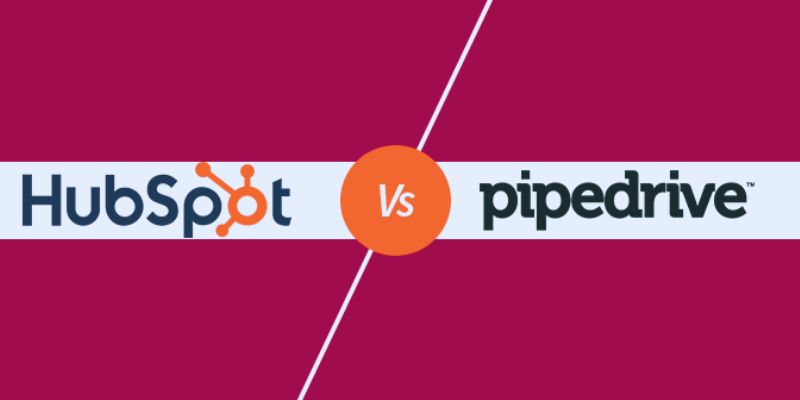
Automation and AI
Pipedrive offers a clever artificial intelligence assistant to support sales teams in daily operations through task suggestions and guidance. It automates workflows, task assignments, and email follow-up to help expedite closing agreements by streamlining repeated procedures. More advanced automation from HubSpot allows job automation, lead scoring, tailored email sequences, and intricate marketing strategies. Its artificial intelligence systems assist with email writing, content creation, chat answers, and consumer activity tracking.
Reporting and Analytics
Sales teams should find Pipedrive's reporting tools straightforward and efficient. It tracks deals, sales performance, and team activities by providing neat, easily readable reports. Sales managers who require fast insights to track development and modify plans will find great value in these reports. More sophisticated data from HubSpot lets users monitor leads, site traffic, marketing campaigns, and sales performance. Customized dashboards and data filters let you probe into particular parameters. Pipedrive is great for simple reporting; HubSpot is best for those who need thorough, multifarious insights.
Pricing Plans
Small to mid-sized companies would find Pipedrive perfect as its pricing is simple and reasonable. Starting with the Essential Plan at $15 per user per month and rising to $99 per user per month for the Enterprise Plan, it presents numerous options. Higher-tier plans include advanced reporting tools and automation, among other things. By comparison, HubSpot provides a free CRM, a fantastic beginning point for companies on a tight budget. Advanced capabilities are more expensive, though; plans for the Starter Suite start at $30 monthly, and the Professional and Enterprise Suites cost much more.
Customer Support
Pipedrive's 24/7 chat and email services guarantee consistent customer support. Higher plans call for phone support and focused onboarding help. The support staff is quick to address problems. HubSpot provides live chat, phone help, and email, among other support choices. HubSpot also offers access to a large knowledge base, training resources, and the HubSpot Academy, where users may pick up advanced ideas and best practices. Although both systems provide decent support, HubSpot goes above and beyond by providing a larger spectrum of training and instructional materials, which can help new users.
Conclusion:
Your company's 2025 demands will determine which of Pipedrive and HubSpot best suits you. Teams looking for a targeted, simple sales CRM with strong automation and reasonably priced pricing would find Pipedrive perfect. It's ideal for effective completion of deals. Conversely, HubSpot is ideal for companies with a complete platform covering marketing, sales, and support solutions. It offers more thorough reporting, greater automation, and more general integration. It provides more value for developing companies, even if it is more expensive. Both platforms are solid options. Your decision should represent your priorities: basic sales management or a whole business solution with sophisticated features.
Advertisement
Related Articles
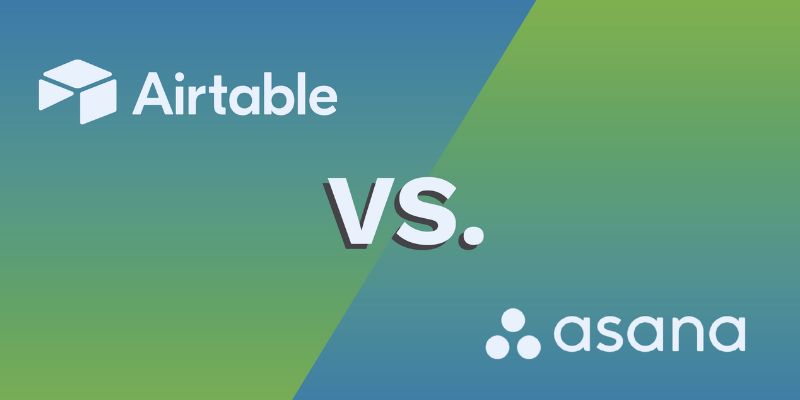
Comparing Airtable and Asana in 2025: Which Tool Should You Choose
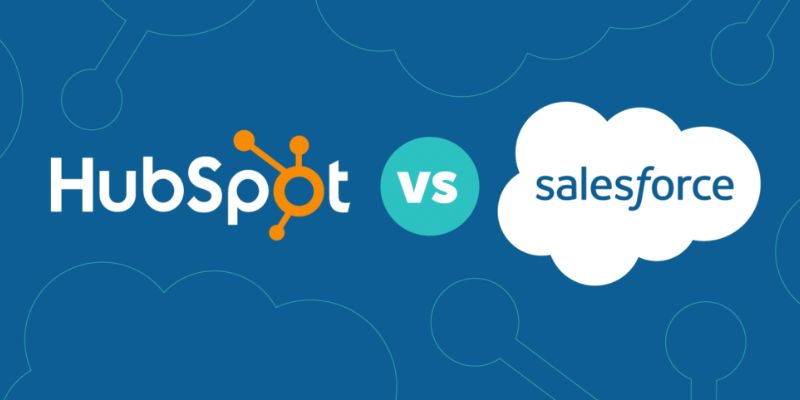
HubSpot vs. Salesforce: Which Is Right for Your Business in 2025

Best Password Managers for Safari and macOS

The 6 Best Note-Taking Apps in 2025: Stay Organized and Efficient

The Best 3D Renderers and How to Start Using Redshift
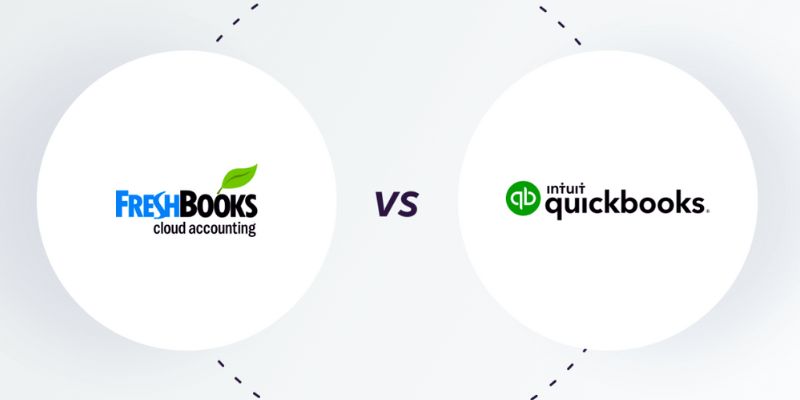
FreshBooks vs. QuickBooks: Which is Best for Your Business in 2025

Top 5 Deployment Automation Tools Developers Rely On

Kajabi vs. Teachable: Which Online Course Platform Should You Choose in 2025

Pipedrive vs. HubSpot in 2025: A Complete Guide to Choosing Your CRM

The 10 Most Reliable Open Source Platforms for Online Assessments

ClickFunnels vs. ActiveCampaign: A Comprehensive Comparison for 2025
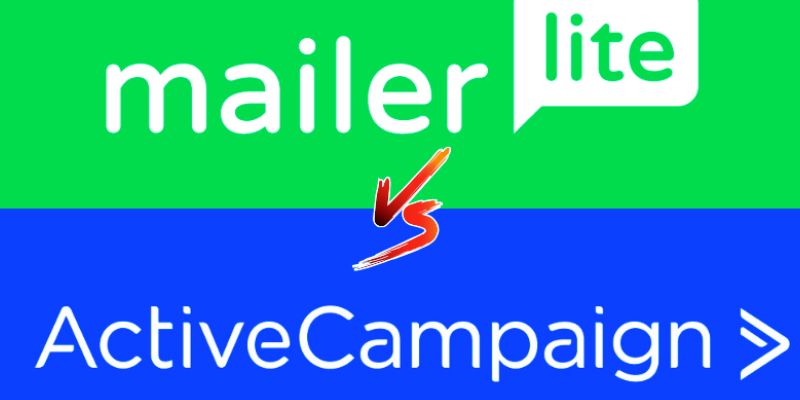
 novityinfo
novityinfo